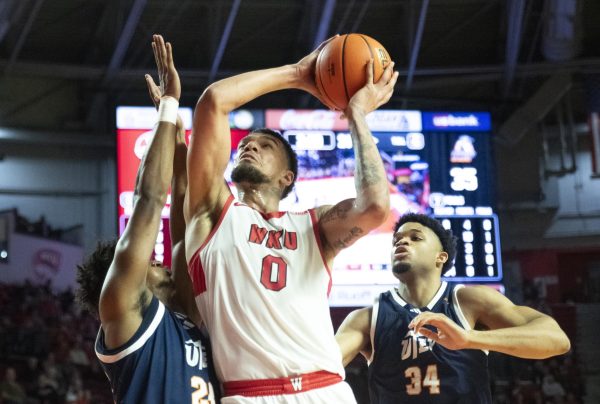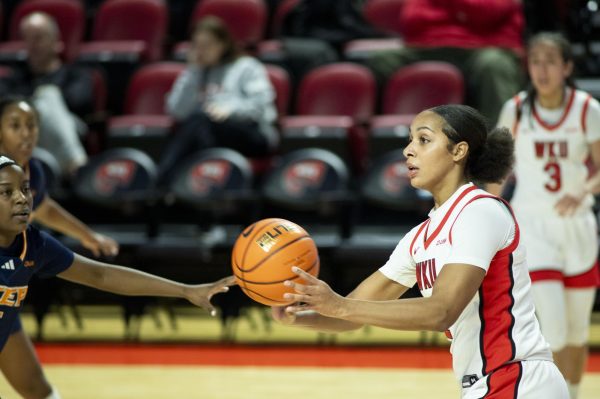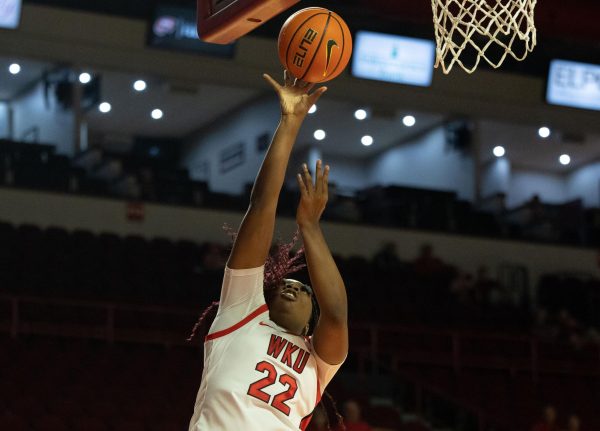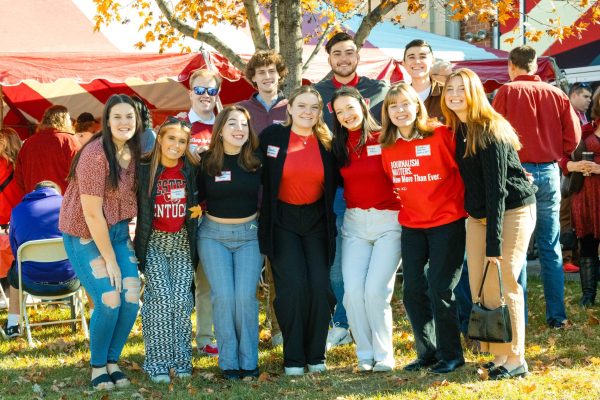Occupancy rates on, off campus increase
October 15, 2010
The current occupancy of both on-campus and off-campus housing shows more students are opting to live off campus.
“We have just under 5,000 students living on campus,” said Kit Tolbert, director of Housing Operations for Housing and Residence Life. “And about 21,000 students total. Most don’t live on campus.”
Tolbert said living on campus is cheaper than the alternative.
“We charge one price,” she said. “There are no hidden fees, and if you go over on your utilities we do not charge you extra.”
For the second year in a row, the high numbers of incoming freshmen needing on-campus housing pushed HRL to offer some sophomore students the opportunity to live off campus.
Louisville junior Brittany Slaughter, a resident assistant at Poland Hall, said Poland is full.
Slaughter said she decided to live on campus because of the community and the ease of walking to class.
“It’s easier to get to class,” she said. “You don’t have to get up an hour early to get a parking space.”
Apartments near campus are also filling up.
This year Western Place apartments raised its service fees and rent, but that didn’t stop people from renting, said Business Manager Sara Stephens.
“This year we reached 99 percent occupancy,” she said. “And I know other apartment complexes have reached 80 to 90 percent.”
Stephens said living on campus is a good step toward independence.
“Dorm life is controlled living,” she said. “It gets you used to living off campus.”
Somerset senior Mike Hager, a community adviser at Campus Pointe apartments, said they have almost reached full capacity this year.
“Every semester we get more and more,” he said.
Hager said he decided to live off campus because of the peaceful environment.
“I think the main reason people move off campus is to avoid the clutter,” he said. “We are a quieter community.”
In 1990, Bowling Green had a population of about 40,641, according to census returns.
In 2000, its population grew to about 49,296, according to census returns.
A 2009 census estimated Bowling Green at 56,598, which is a growth of about 7,500 people in 10 years, making the city the third largest in the state of Kentucky.
























